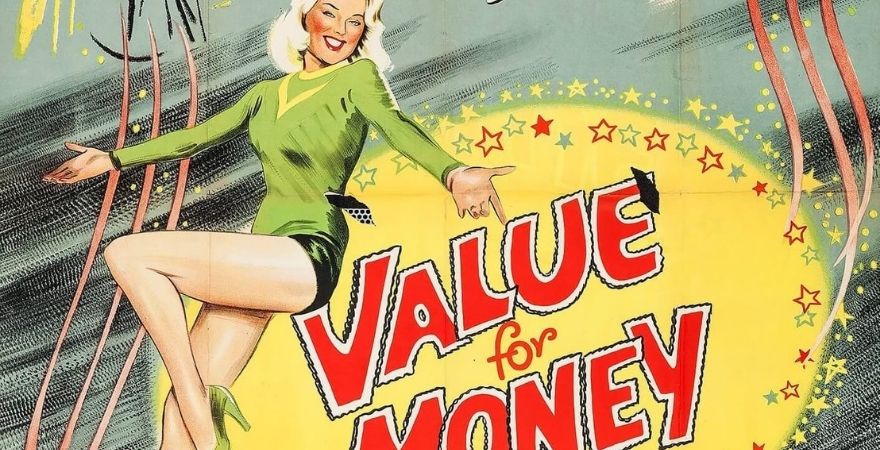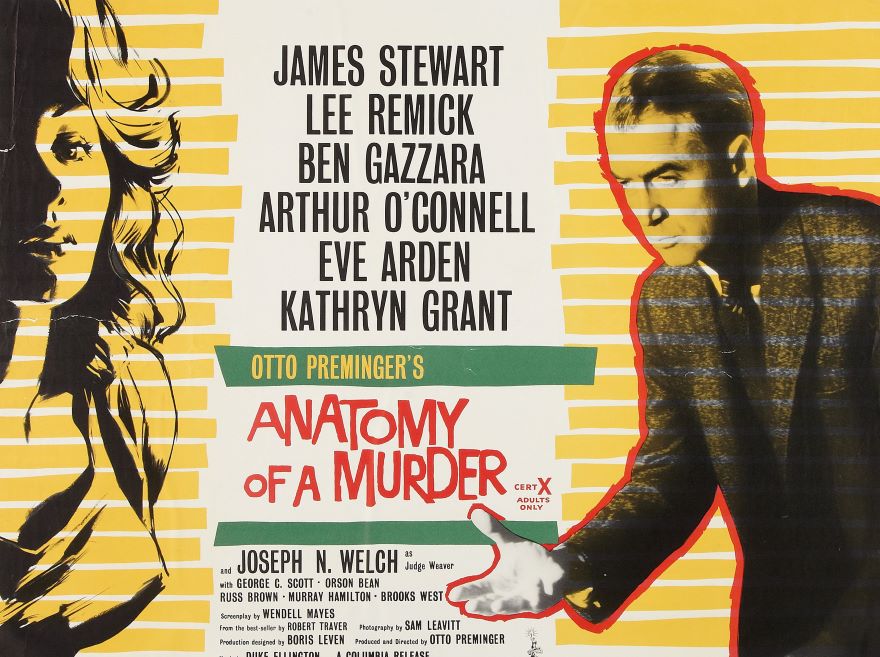
The Most Beautiful Posters in the History of Cinema
From the first French posters of the late nineteenth century to today, the history of the film poster is intertwined with that of the film industry and visual arts in general. Until the Second World War, posters were one of the main vehicles for advertising films, and contributed decisively to their success. Over time, posters have become coveted collectibles.
The Origins of the Film Poster
The first film posters appear in France at the end of the nineteenth century, with the birth of the cinema itself. Jules Chéret and Marcellin Auzolle began to advertise the Lumière brothers’ invention using the typical style of Art Nouveau, characterized by lithographs rich in bright colors and characters illustrated in great detail.
The so-called “cinema painters” had the task of representing the film through a captivating illustration, able to attract the attention of people who passed in front of the cinemas or near the billboards. The detailed description of the spectators and the scenes of the film served to make the audience understand whether or not the film was suitable for the whole family, and the genre to which it belonged (comic, adventure, etc.)
In this period the stock poster was often used, a poster that could be used for multiple events in which information about the show was added from time to time. An example is the poster below by Adrien Barrère, in which the white space of the screen was replaced with a scene from the film.
The Diffusion of the Film Poster in the USA
With the rise of Hollywood after the end of the First World War and the release of the first feature films, the poster begins to depict the cast (or main actor), the director’s name, the title of the film and a summary of the plot. To produce it, color lithography continues to be used, the only printing technique that, although expensive, allowed to obtain high quality illustrations. Often the posters featured the portraits of the various actors, but in the case of stars such as Charlie Chaplin, Marlene Dietrich, Marylin Monroe or Audrey Hepburn the entire space was reserved for their portraits, fueling the phenomenon of cinematographic stardom.
The Posters That Have Made the History of Cinema

In 1950s America, directors such as Otto Preminger, Billy Wilder and Alfred Hitchcock began producing and promoting their films independently, relying on the work of Saul Bass. This American designer began to design the entire visual identity of their films, from the creation of the opening and closing credits to the posters, introducing a completely new style, characterized by a minimalist and strongly evocative design. For the first time in the history of the film poster, Bass was able to summarize the meaning of the films through a symbolic language, made of primary colors and strong geometric shapes.
One of his most famous works was the introductory sequence of the film “Anatomy of a murder” by Otto Preminger, in 1959. In it the pieces that made up the silhouette of a corpse began to slide in and out of the screen, highlighting the titles that they alternated to the rhythm of jazz. Bass used the same graphic concept for the movie poster.
Equally famous are the introductory sequences and related posters of the Hitchcock films “The Woman Who Lived Twice”, “North by Northwest” and “Psyco”. The original and impactful graphics created by Bass undoubtedly contributed to increasing the notoriety of these directors.
In the 1940s and 1950s, the neorealist movement established itself: directors such as Luchino Visconti, Vittorio De Sica and Roberto Rossellini drew inspiration from contemporary stories to represent the life of ordinary people in post-World War II Italy. For these films, the poster designers mainly chose watercolor portraits that portrayed a scene from the film, or reworked the plot in a more free way. Anselmo Ballester and Ercole Brini signed some of the most famous posters of the time. In the poster of “Bicycle Thieves” Brini deliberately chose a “sweet” image with delicate colors, as if to attenuate the harsh reality described in the film.
Starting from the 1960s, the spread of television pushed Hollywood directors to devote themselves to ambitious film productions, investing huge economic resources to be able to attract as many spectators as possible to theaters. Around this time, the British artist Philip Castle introduced a completely new technique to the world of poster design: the airbrush. This tool allowed you to create very sharp and detailed images, perfect for the raw realism of films such as “A Clockwork Orange” and “Full Metal Jacket” by Stanley Kubrick. Castle has signed some of the most iconic posters in the history of cinema.
Around the same time, US illustrator Bob Peak also began to use airbrushing to represent some of the most famous films of the 60s and 70s, from “Apocalypse Now” to “Star Trek”.
The Advent of the Photographic Poster
The invention of VCRs in the early 1980s and the subsequent advent of the Internet and pay TV in the 1990s pushed the movie poster to new standards. With the arrival of programs for digital image reworking, photography completely replaces illustration, and for the posters we begin to use a standardized composition, characterized by the faces of the protagonists (or the main star) and by some frames taken from the film, with an often colder and more aseptic result. However, there are some notable examples, including the 2003 “Kill Bill” poster, with its slightly retro illustration, and that of “Moon”, The science fiction film by Duncan Jones released in 2009, which uses a very successful mix of graphics and photography.
